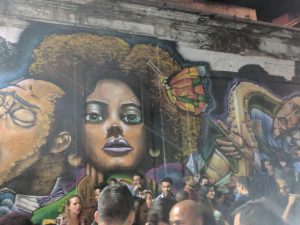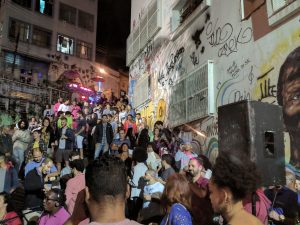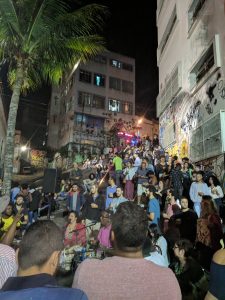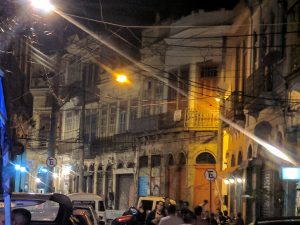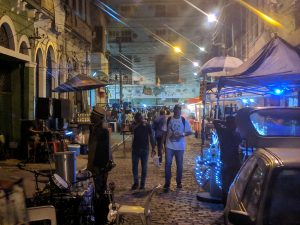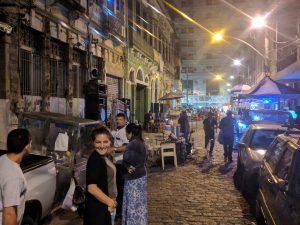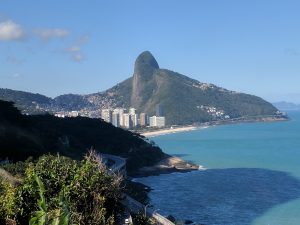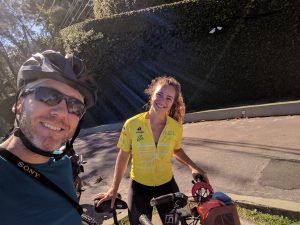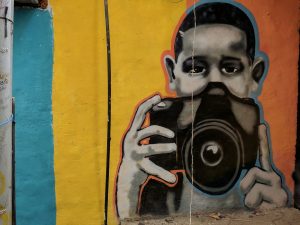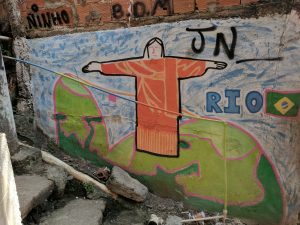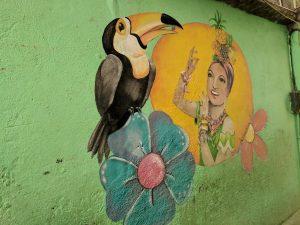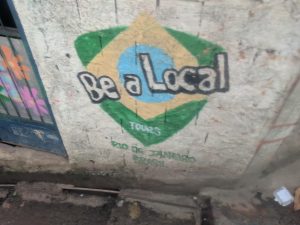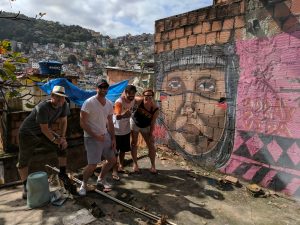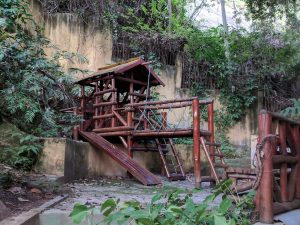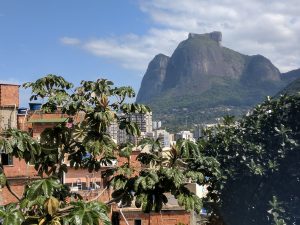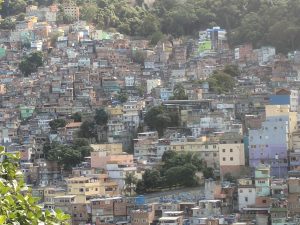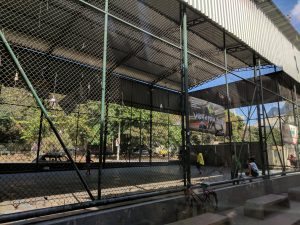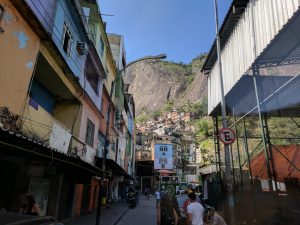Brazil: Getting Acquainted with Rio & Heading South
Brazil: Getting Acquainted with Rio & Heading South
My return trip to Rio + visiting Iguazu Falls and Porte Alegre
Most Meaningful: Getting cleansed by the Iguazu waterfalls
Travel Tip: Find balance between spending time with friends and travelling solo
Understanding Rio
After passing the first part of my trip with friends, I returned to Rio solo to try and get to know her better. I used resources like Airbnb and CouchSurfing to find things to do that would let me see the local side of Rio, rather than just hitting up the usual tourist hotspots (sorry Christ the Redeemer).
A particular highlight was a tour of Rocinha, Rio’s biggest favela, with an American named Dylan who works for a non-profit supporting this poor ‘shanty’ community. We were taken around the favela and given an opportunity to speak to locals about their lives. Interestingly, even people who can afford to move away often choose to continue to live in the favela to be close to their families. Their presence is so important to supporting the micro-economy of the favela that support ‘its own’, and looks after the poorer people who really do have no choice but to live here in Rocinha. Although infamous for violence, I felt safe and welcome while walking the streets of Rocinha, but this was as an invited guest of the community. If entering the area alone, I was told to expect a very different experience.
As well as meeting members of the community, we also assisted a local artist paint a street graffiti mural, and it was impressive to see how these things are actually produced. We also witnessed a capoeira roda. Capoeira is a Brazilian martial art that combines combat with dance, to hide the intentions of fighters, and sets the whole thing to music. It is a joyous form of combat will of sound and jokes and tricks that could only come out of a country like Brazil.
One evening I joined a group and explored an area with some of Rio’s best nightlife. We started the evening in the home of a local Carioca (person from Rio) and learned the secret to making a good Caipirinha. We then made our way to a Samba Club and had a lesson on how to dance like a Brazilian (though I’m not sure if any if us gringos really mastered it). This prepared us for a visit to a traditional Samba de Roda. Everyone stands in a circle, playing instruments, singing and clapping. Dancers then enter the circle (called a roda) to show off their moves while soaking up the energy of the surrounding group.
Iguazu Falls
Again, I only had a few days in Rio, as I decided to head to Iguazu falls with my friend Vivien. Located on the border between Argentina and Brazil, Iguazu is the largest waterfall system in the world, though the most impressive falls are actually on the Argentine side. We spent three days there walking the trails, swimming in the many waterholes, and letting the water of some of the less forceful waterfalls pelt down on us, cleansing us and filling us with the axé of Brazil.
Porte Alegre
Finally, before leaving Brazil (at least for now), I passed through Porto Alegre, the capital of the southern state of Rio Grande do Sul close to Uruguay, my next destination. The city was decidedly more European than the other places I visited in Brazil, mixing Portuguese, Spanish, Italian and German culture in a distinctively Brazilian way. The city also has a proud gaucho culture – gauchos are South American cowboys – and some of the best beef in the country. They are very proud of their churrasco (bbq), which is a must-eat while in the area.
Again, I found myself in the city just in time for a party, this time of Brazilian independence day on September 7th. This meant lots of activity on the street and lots of opportunities to meet and talk to locals. I stayed right near Farroupilha Park, which had some great live music on most nights, and there were some really good Portuguese seafood restaurants nearby. I certainly did not go hungry in Porto Alegre!
Goodbye Brazil, For Now
One of the things that struck me most about Brazil during my short time there was just how big it is, and how different it is depending on where you go. But everywhere I went the culture was truly rich and compelling. Coming to Brazil off the back of my African travels also gave me some insight into what makes Afro-Brazilian culture distinct. Brazilian culture is joyous, always full of sound and music and motion. It is uplifting, even in the face of struggles with poverty, inequality, violence and crime. Brazil is a happy place.
Until next time.


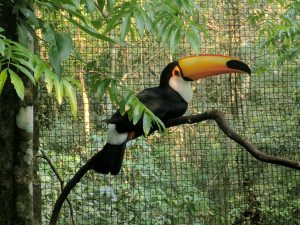
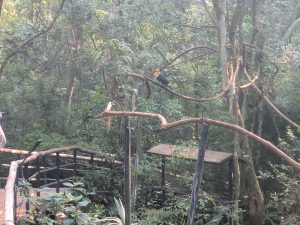
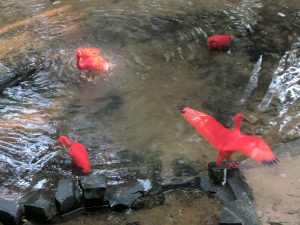
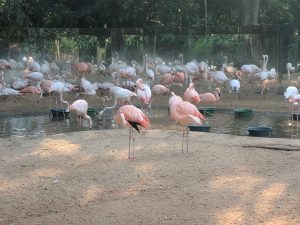
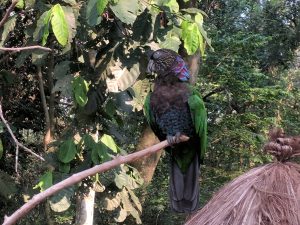
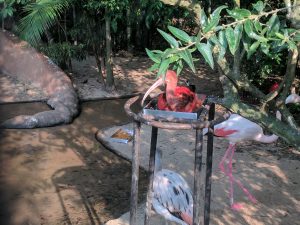
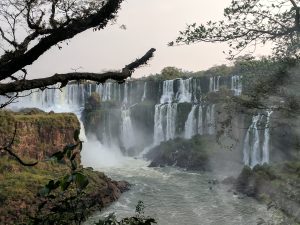
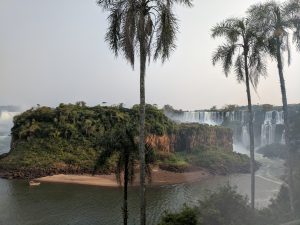
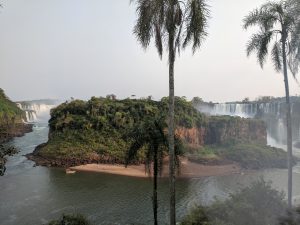
Iguazu Falls
